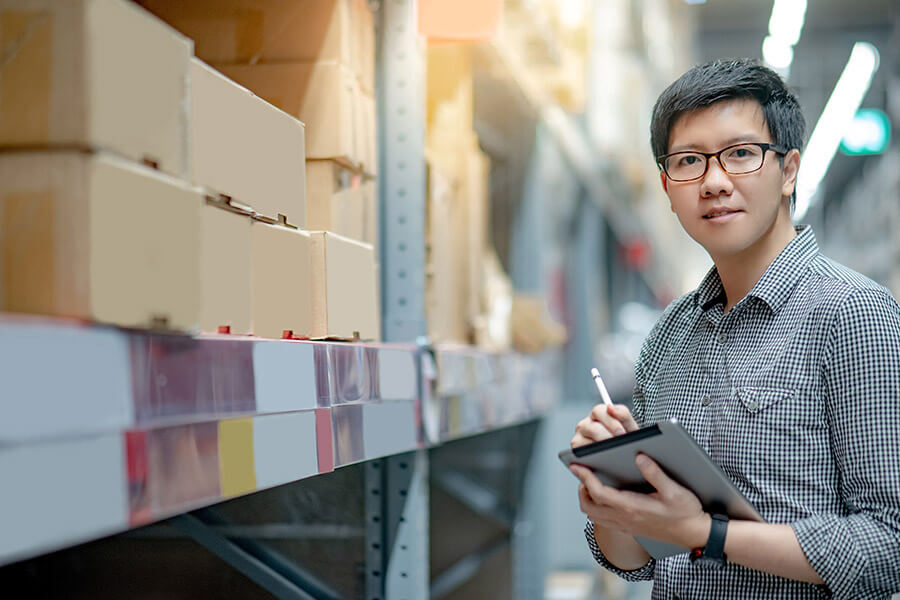Four components of inventory carrying costs
Carrying costs include a number of expenses involved in holding unsold inventory. The four main components that make up inventory carrying costs are capital costs, inventory service costs, inventory risk costs, and storage space costs.
1. Capital costs
Of the four categories, capital costs account for the highest percentage of carrying costs. Capital costs are those required to purchase raw material or inventory items along with any related financing fees, loan maintenance fees, and interest.
2. Inventory service costs
Inventory service costs are not directly related to stock items but are necessary to hold them at a depot or warehouse. These costs include insurance premiums, taxes, hardware investments, and inventory management software fees.
Higher inventory levels may result in higher insurance premiums and tax rates but may also be necessary to keep products flowing to buyers. Likewise, inventory management software represents an ongoing cost but comes with the opportunity to more closely monitor inventory operations and eliminate inefficiencies. Other inventory management processes such as conducting physical counts and cycle counts fall under this category.
3. Inventory risk costs
Inventory risk is the chance that items in storage can become unsaleable before they can be sold and converted into liquid assets. This risk generally comes from shrinkage and obsolescence. Shrinkage is the loss of saleable product due to damage, theft, or errors in record keeping. Obsolescence is the loss of saleable products due to product expiration or retirement and is an issue for retailers carrying products with a short shelf life. Obsolescence goes down as a write-down or write-off and eats directly into a business’s bottom line.
4. Inventory storage space costs
Storage costs are the expenses required to manage a warehouse. This includes renting or purchasing warehouse space, the cost of climate control and utilities, physical security, and the handling costs of moving items in and out of storage. When a company owns its own warehouse, these costs are fixed and predictable. If a company uses a third-party logistics provider (3PL) to outsource its warehousing and fulfilment logistics, prices may fluctuate based on usage and volume of goods.
In addition to the assigned costs in each of these four categories, holding inventory also comes with an undefined opportunity cost. Opportunity costs are improvements or investments a business owner is not able to make because assets are tied up in inventory that has not yet been mobilised.
So why should your business track carrying costs?



















